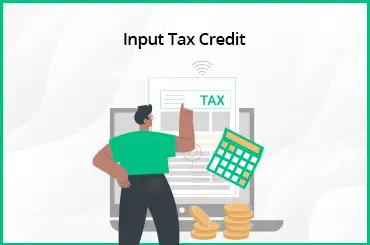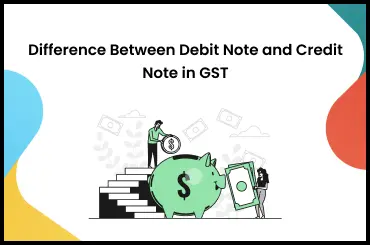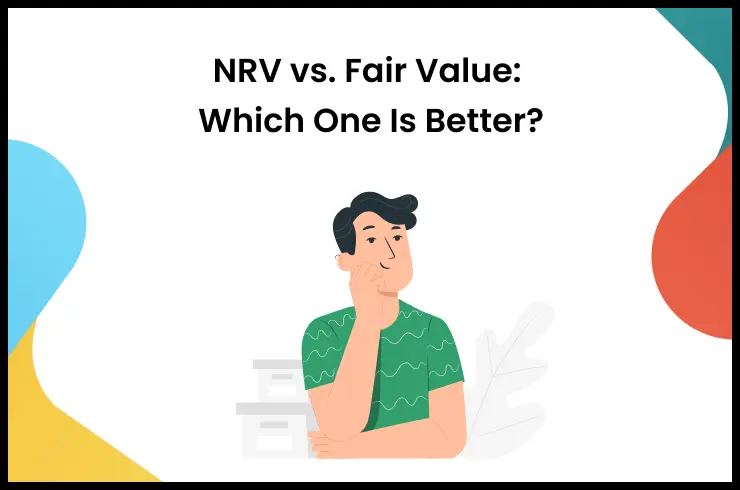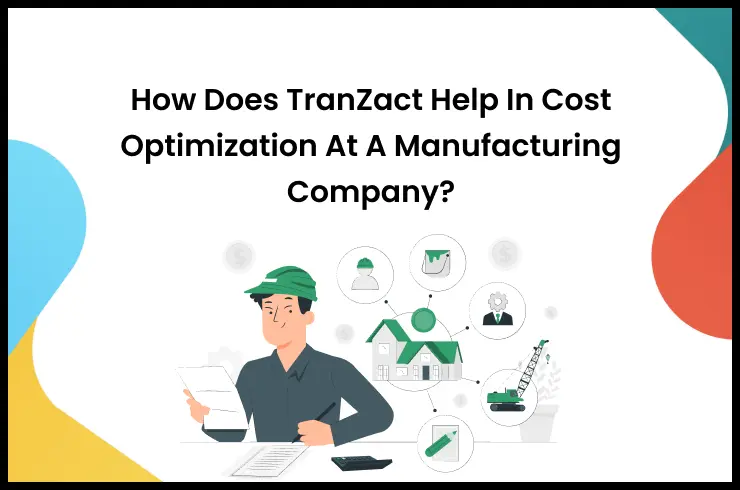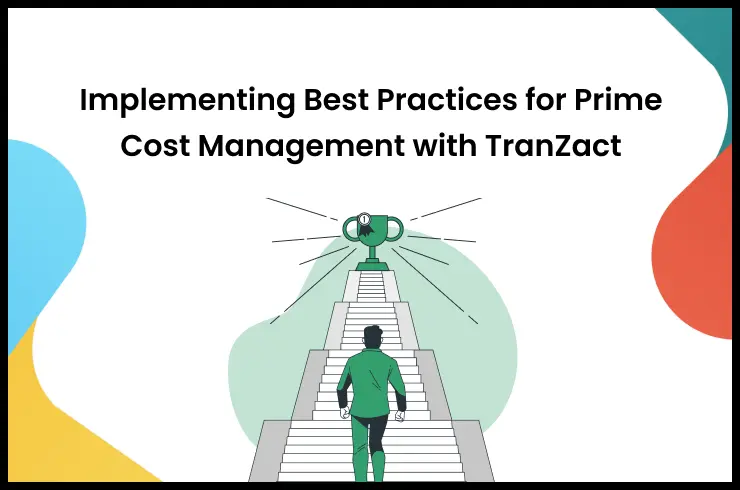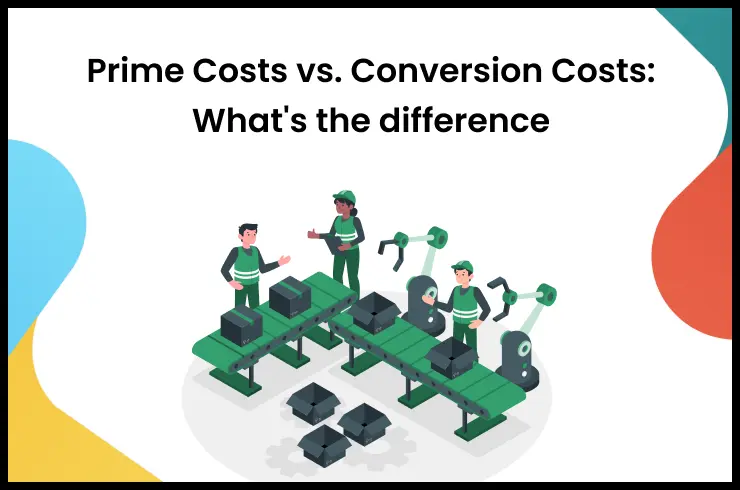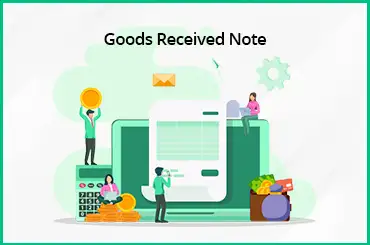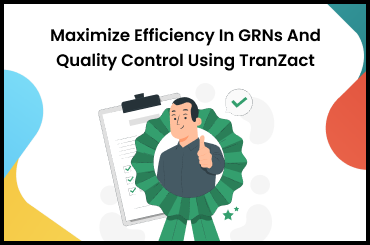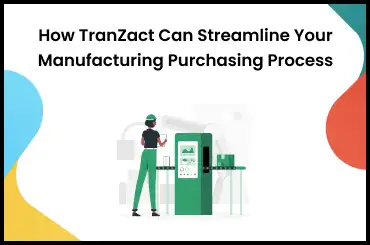A purchase order system tracks and manages purchases, ensuring that inventory levels stay at the right level at all times. A purchase order software automates this process and substantially assists manufacturing business in managing procurement processes without leading to delays.
One of the best ways to exceed competition and attract more customers is to expedite and eliminate errors in the production and procurement processes. However, for businesses, especially SMEs, creating and managing their purchase orders on time is no easy task. That's why many businesses have turned to the use of purchase order systems.
Let's take a look at what a purchase order system is, how it works, and the benefits it can offer for your business.
What Is Purchase Order System?
A purchase order system is a software that automates management of purchase orders by tracking them throughout the procurement cycle. It allows businesses to submit requests for goods and services, and coordinate shipments with other departments in the company.
An efficient purchase order (PO) software, when connected to other modules, also generates accurate invoices and allows staff members to easily review contracts and pay for orders. The best PO or buy order software provides department managers the necessary tools to monitor purchase requests in real time. Further, it guarantees a steady supply of raw materials needed to produce finished goods.
How Does a Purchase Order System Work?
When a business orders goods or services from another business, it needs to create purchase orders.
The purchase order process starts with a business identifying the need for certain items and creating a PO document with all the relevant information, including the quantity, cost, and delivery schedule of the products. The buyer company then delivers this document to the supplier or the vendor.
The contract becomes legally binding once the supplier confirms that they will deliver the requested products to complete the transaction, and notifies the buyer that the purchase order has been approved. The business receives the order delivery and performs a quality check to ensure that all the requirements specified in the PO are met.
A sales invoice for the purchase order at the agreed-upon prices will then be sent to the customer by the seller once the order has been completed. A purchase order system is a way for businesses to keep track of their purchases and to make sure that they are paid for in a timely manner.
Why Do You Need a Purchase Order System?
Companies regularly issue POs, thus if the process is not automated, it may result in misplaced purchase orders, financial losses, lack of transparency, and loss of productivity among employees. This may negatively impact the growth and revenue of manufacturing businesses.
In addition to tracking the progress of orders, here's why you need a PO system:
- Every purchase made by the business can be automatically recorded in a searchable digital form by the software.
- This makes financial spending clearer and more transparent. It also helps to gain valuable insights into the organization's financial spending habits, assists in lowering unnecessary expenditures and in controlling costs.
- To get the most cost-effective prices for your products by ensuring that suppliers are paid in a timely manner.
- To address and resolve any changes in the agreed-upon prices or if the wrong product is delivered.
- To manage a list of prospective vendors, save and organize vendor data, and establish purchase guidelines, which will later aid in selecting the most profitable vendors to deal with.
- To reduce risk by eliminating paperwork and hence, any chances of errors.
- To improve inventory management by maintaining accuracy, checking invoices for errors, and keeping track of them.
- To design a three-way matching system and make an inward and goods received note (GRN) document that lists all the items you bought from the seller.
Purchase Order System Features
A purchase order system includes modules for issuing purchase orders, tracking the status of orders and their associated payments, and managing contracts. The system may also include features for managing supplier relationships and inventory.
The following are a few features of an ideal PO software:
Automated
The best purchase order system has a standardized and streamlined way of requisition approval, which will also aid in cost management. It features an automated requisition form and creates purchase orders according to your company's specifications, which is user-friendly and time-saving.
Cloud-based
Being cloud-based, efficient and taking up less space on your devices is a key aspect of a purchase order software. A cloud-based purchasing software fits the dynamic needs of SMEs because it uses the internet for storage and processing. It is significantly more integrated, intuitive and productive.
Order verification
The software shares the purchase requisition draft for approval and verifies that it comprises all the right details that can be sent to proper vendors without causing any delays. It assists you in checking the final PO's details with ease.
Vendor management
There are several vendors that are connected with an organization, each serving a different purpose. Keeping track of which goods will be delivered by which seller becomes easier with PO software. Additionally, you can look at vendor history to aid in decision-making.
Transparency
An efficient software allows you to effortlessly collaborate with team members while keeping track of POs in real-time, relieving you of the hassle of repeated follow-ups and reducing overlapping activities. This will also result in enhanced communication without switching to a different platform.
Time utility
With an automated system like TranZact, you can create POs quickly and streamline the approval process by cutting out manual steps of emailing documents to the management for approval. This way, your employees will have more time to engage in strategic tasks, improving overall organizational effectiveness.
Benefits of Purchase Order System
The following are some of the benefits of purchase order systems:
Better purchase order accuracy
A PO becomes a legally binding contract between you and the supplier if it is accepted by the latter. Therefore, in the event of a conflict, using purchase orders gives precise evidence of what has been ordered.
Compared to an email purchase order, a digitized PO sent through a purchase order system automatically specifies the quantities, item descriptions, price, discounts, delivery date, and guidelines, which reduces the chances of error. Making sure the information on the PO is accurate will also make the invoice payment process simpler.
Cost and time utility
Employees don't have to spend time verifying every PO against invoices manually. In order to register delivery and automatically update stock levels, the invoice can be submitted to the accounting system with a reference to the original PO. Since processing invoices takes less time when payments are made more quickly, your workforce can focus on other responsibilities and you save money on processing fees.
Automated ordering process
Your small business can increase productivity by automating procurement management. Automation also makes it easier to track inventory and minimizes the paperwork needed to manage orders. Managers can easily identify supply shortfalls through a user-friendly interface to review purchase order data.
Boost stock effectiveness
You can also track inventory movements if you have a good purchase order software system in place. With a purchase order system, data about current stock levels, reorder levels, stock on hold, and free stock is available for you at all times.
In addition to cost reduction benefits, using purchase orders also gives you visibility into all these aspects, allowing you to evaluate profit margins on each of your products more clearly.
Integration with accounting software
It might be challenging to obtain a comprehensive perspective of your purchase orders, inventory levels, accounting reports and the general production status of your manufacturing orders if you operate your firm using many scattered systems.
An integrated purchase order management system can be helpful by consolidating all of your data into one platform. In this manner, you may examine the overall picture and determine your purchase strategy.
Automate your Purchase Orders with TranZact
Purchase order tracking systems have revolutionized manufacturing business operations. They not only help streamline the purchase process for vendors but also help businesses maintain better records of their transactions and track expenses more accurately.
TranZact's cloud-based purchase order system helps SMEs in preparing professional purchase order documents with all accurate details in an automated manner. It also provides a centralized display of all POs for easy management by staff members. This allows SME companies to enjoy increased efficiencies, improved productivity and accuracy in their purchases, reduced costs, and better customer service.
In addition to POs, it also enables businesses to create and manage several other vital documents such as sales orders, GRN, purchase and sales quotes, challans, invoices, and more. Additionally, it supports you with other essential modules like sales, inventory, production, and business intelligence, enabling your manufacturing business to expand rapidly.
FAQs on Purchase Order System
1. Which is the best purchase order system?
When it comes to selecting the best purchase order system for your small business, factors such as scalability, ease of use, and pricing should be taken into account. To ensure maximum benefits from the purchase order system, it's important to pick one that offers advanced features like integrated billing and inventory tracking.
TranZact is the best purchase order software for small and medium manufacturing enterprises as it automates PO processes and integrates with existing inventory levels, while simplifying all purchase requirements. It offers a cost-effective model to integrate all business operations from start to finish.
With TranZact, you can easily review previous orders and have more control over all buying operations. It streamlines the ordering process, ensuring accuracy and saving precious time. Additionally, you can sign up for TranZact for free and try all of its base features, and upgrade to more advanced features when you feel the need to.
2. What are the types of purchase orders?
While all purchase orders follow a similar and standard structure, there are typically four different types of purchase orders. These are as follows:
- Standard purchase orders: These are the most commonly used purchase orders. The buyer is confident in the purchase specifications and is capable of defining the type of goods to be purchased, the delivery date, the number of goods, and the terms of payment.
- Planned purchase orders: In this type of purchase order, although the item details, price, and payment terms are known, the quantity is estimated. Thus, by placing an advance purchase order, the buyer estimates the business's anticipated future needs for the product and creates a planned purchase order accordingly.
- Blanket purchase orders: In this case, the buyer can place multiple orders at once for a guaranteed discounted pricing.
- Contract purchase orders: These establish the terms and conditions under which the transactional relationship will run going forward, including any standard operating procedures that might be issued. Contract purchase orders are often made within a predetermined time period with an expiration date, which is typically one year.







